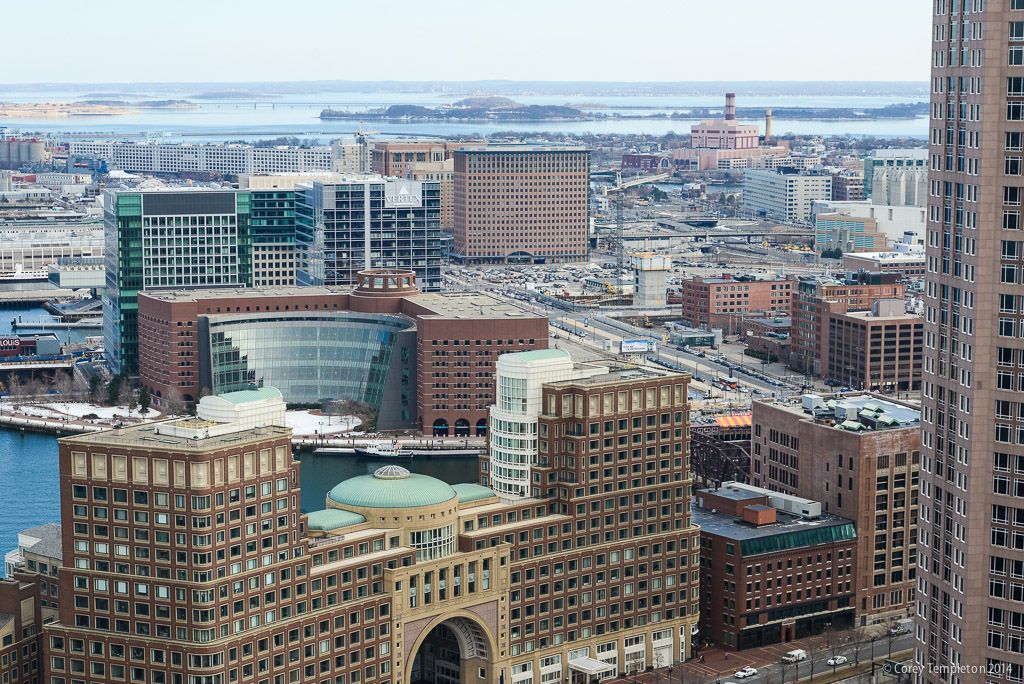
There was news this past week that the Seaport in Boston, the center of the "innovation district" spearheaded by former mayor Boston Thomas Menino, finally got a massive developer to buy its mid-section in a whopping $359 million land deal (the second largest in Boston history).
Having lived in San Francisco and now Boston, I have lived on two opposite sides of the planning spectrum. In SF, nothing gets built because the planning process takes ridiculously long to get even a small apartment complex built. However, the final product is oftentimes a wonderful and very livable neighborhood, which works to drive up rents and prices as people flock to these well-manicured areas.
Boston is at the opposite extreme, being one of the most inhospitable places I have ever lived in. The Seaport is devoid of much street life, almost entirely shut down on weekends, lacks decent options for food, lacks a grocery store (!), haircutting, barber shops, or really any human services that would make the place livable. Given the way the Boston property market works, that hasn't stopped prices from soaring over four figures a square foot of course.
As my friends know, I used to complain incessantly at how messed up the SF situation is, but now I realize that there can be far worse problems than a slow and bureaucratic process: no process at all, or at least one that is so ineffective or less-than-visionary that obvious problems to a first-year design student somehow manage to get built.
It's sort of sad that we are left in this rock and hard place situation. There is a way to build a path where we can have a well-tended and thought out community, while not dragging out planning for years and years. We can build better tools to project changes to our neighborhoods, and we can design efficient processes for deliberating and approving new development projects. It just amazes me in 2015 that the process remains so archaic as it does now.
Image by Corey Templeton used under Creative Commons